Despite my pale skin, I have spent a lot of time hanging out around the equator. Every now and then, I get a horrific sun burn that propels me to a likely rendez-vous with skin cancer somewhere down the line. For the most part though, I avoid sunburn. This post will explain how.
Before I get into sunscreens and hats and what not, it’s important to note just how bad sunburn actually is for you. In addition to increasing your odds of getting skin cancer and accelerating the aging of your skin, sunburns cause a number of other, more immediate problems. Typical sunburns produce dehydration and red, sometimes blistering, skin that is painful to touch. Sunburn can get much worse, though.
A really bad sunburn can cause chills, fever, electrolyte imbalance and in extreme cases, shock, which can cause decreased circulation to vital organs. Oh yeah, nausea, vomiting, headaches, and fainting are also possible. I think we’d all agree that there is nothing pleasant about any of this. So, how do we avoid it?
How to Avoid Sunburn
- Try to avoid spending time in direct sunlight between the hours of 10AM and 4PM. This is when the UVB radiation (the most destructive of the sun’s radiation) is most intense.
- Wear clothing that offers sun protection. Yes, that’s right, some clothing is better than others for sun protection. There is a rating system called the Ultraviolet Protection Factor (UPF) and the higher the number, the better. If you don’t want to invest in clothing that is specifically designed for sun protection, try to wear clothing that is not loosely woven or lightweight. Also, light colors generally provide less protection. Lastly, if you are wearing a wet white tshirt, you might as well be wearing nothing at all as the level of sun protection is negligible. For great info on clothing and sun protection, check out this page from REI.
- Wear sunglasses. Your eyes are effected by the sun just as much, if not more, as the rest of your body. Overexposure to the sun can lead to cataracts and retinal damage. Make sure to get a pair that blocks both UVA and UVB rays. Check out Suncloud sunglasses and Coolibar sunglasses to see what I’m talking about.
- Wear a hat. Any hat will provide some amount of protection, but broad or wide brimmed hats are the best. If you are traveling to a developing country, there is a good chance you will be able to find a wide brimmed hat for much less once you are there.
- Wear sunscreen. Speaking of sunscreen, scroll down to see our top picks as well as all the information you need when it comes to choosing one.
Picking the best sunscreen
There are a few things to keep in mind when picking a sunscreen. Anything below 15 SPF (Sun Protection Factor) is basically worthless. Ideally, get something that is at least 30 SPF. By the same token, high SPFs aren’t the shields they make themselves out to be. A 70 SPF sunscreen is only marginally better than a 30 SPF sunscreen (30 SPF protects against 97% of UVB radiation). In other words, the 100 SPF sweatproof-ultimate-extreme-sun-shield sunblock is a ripoff.
More important than a high SPF is reapplying sunscreen every two hours. You should also reapply after sweating heavily or swimming, despite whatever claims made by the sunscreen (sweatproof, water resistant, etc.).
Some sunscreens are a skin irritant. In fact, many of them are. If your skin is reacting negatively to a sunscreen, try to find something that doesn’t contain para-aminobenzoic acid (PABA) and benzephenones like dioxybenzone, oxybenzone, or sulisobenzone. Most children’s sunscreens do not contain these chemicals and you won’t find them in any of the sunscreens below (except for benzophenone in the Coretex towelettes).
Natural vs. Chemical Sunscreens
The distinction between natural and chemical sunscreens is simple: natural sunscreens work by creating a physical barrier on top of the skin, while chemical sunscreens are absorbed. Chemical sunscreens use PABA and benzephenones like dioxybenzone, oxybenzone, and sulisobenzone. They protect against UVB and UVA rays, but as mentioned, they can also be a skin irritant.
Natural sunscreens employ zinc or titanium oxide. In the past, natural sunscreens went on opaque and stayed that way, effectively turning you into a ghost. Changes in manufacturing and production, however, have led to significant breakthroughs. Zinc oxide provides the best protection because it covers both UVB and UVA rays (titanium oxide does not protect well against long UVA rays).
These are our top picks for sunscreen. If you click on the picture or the product name, you will go to the product page on Amazon.com where you can read further reviews (as always, don’t take our word alone).
Eltamd UV Clear SPF 46, 48-Gram 1.7 oz. – This is all star sunscreen right here. It’s expensive at $24 for less than 2 ounces, but it’s got everything: broad spectrum coverage (both UVA and UVB rays), high SPF (46), it goes on clear and it is oil and paraben free. It is particularly great for sensitive and acne prone skin, and it is a great sunscreen for your face. When you apply Eltamd it actually doesn’t feel like you are smearing on a thick layer of chemicals. It feels like you’re wearing nothing at all. To top it all off, this is one of the few skin care products that has been created without animal testing. Few other sunscreen companies can say the same thing about their products.
TruKid Sunny Days SPF 30 3.5 oz – Many all natural sunscreens either have an offensive odor or they go on like glue. This is an all natural sunscreen that smells good, goes on easy and provides all the protection you need (with an SPF of 30 and broad spectrum coverage). It contains zinc oxide, a powerful barrier against the sun that was once known for turning people white. Thanks to improvements in manufacturing and production, this sunscreen goes on clear, without being greasy or sacrificing protection. While it is technically a kid’s sunscreen (it’s made by TruKid after all…), it is great for adults as well.
Coretex SunX SPF30 Sunscreen Towelettes – There are a lot of reasons why these sunscreen towelettes are great. First of all, they actually work. They are SPF 30 and they protect against both UVA and UVB rays. They are also PABA and oil-free and the sunscreen goes on clear without a greasy feeling. Finally, they are convenient. You can put them in your carry on baggage because they are not classified as a liquid and if you are going to the beach for the day you can just bring a couple of towelettes instead of the whole box.
Solbar Zinc Sun Protection Cream with SPF 38 – 4 Oz – Not a great sunscreen for your face (it is a bit greasy), but it provides awesome protection and it’s great for the rest of your body. It’s also on the cheaper end of the spectrum. Sunscreen in general is expensive. If you want decent protection that does not abuse your skin, you have to pay for it. Like some of the other products mentioned here, this sunscreen does not use chemicals to provide a shield; instead, it relies on the natural barrier created by zinc oxide. We highly recommend this sunblock for everywhere but your face (see are other picks for good facial sunscreens).
Next, we will discuss how to treat sunburn. Until then, we’ll give you one tip in that regard: hydrate. Hydration is always important (see 6 tips to staying healthy while traveling) but it is especially vital if you are suffering from sunburn. Update: See our article on how to treat sunburn by clicking here.
Photo credit at the beginning of the article: flickr user Research Indicates






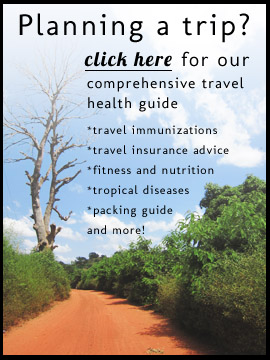

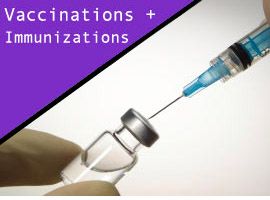
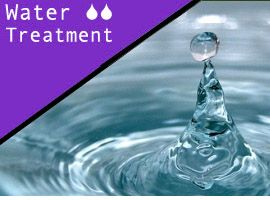
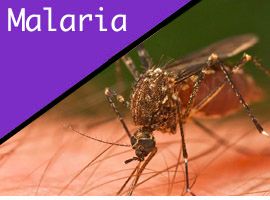
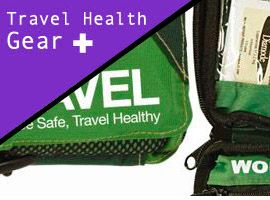
{ 0 comments… add one }